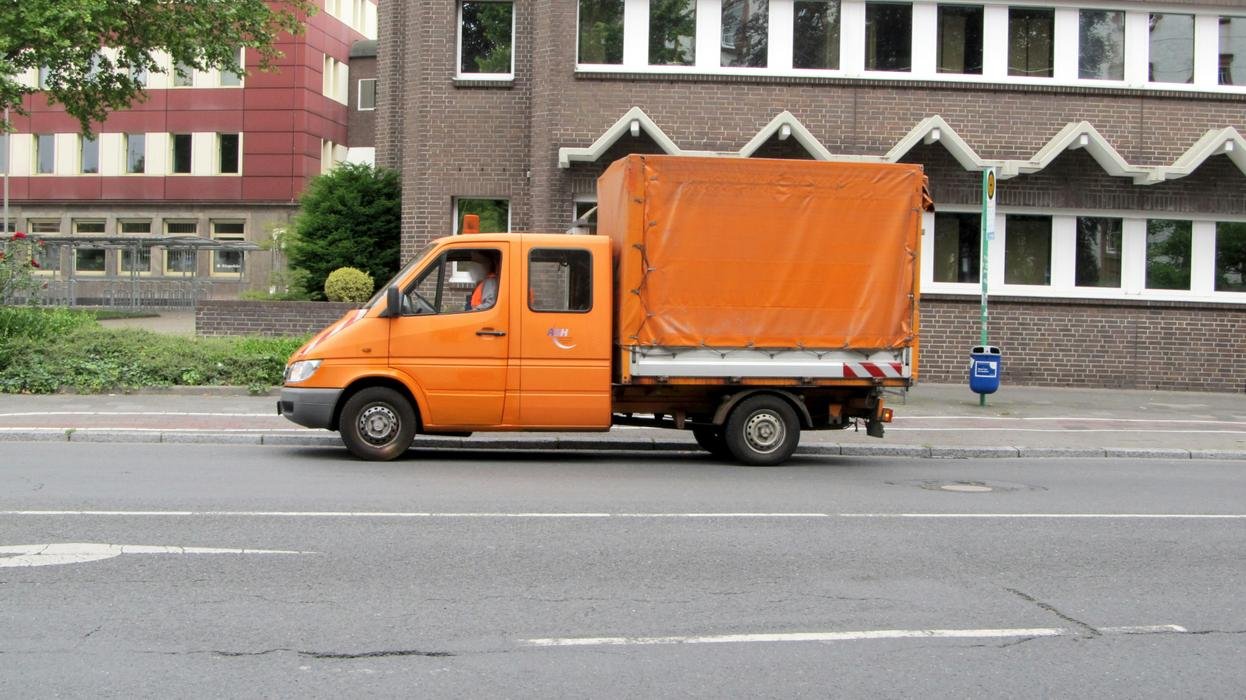Moving with Small Children: Keeping Them Calm and Safe
Moving with small children can be a challenging undertaking that often generates stress for both parents and their little ones. However, effective planning and thoughtful approaches can make the transition smoother. This comprehensive guide will provide essential tips and strategies to help ensure that your children remain calm and safe throughout the moving process.
Understanding the Challenges of Moving with Small Children
Relocating can be unsettling for small children, who often pick up on their parents’ stress. Recognizing these challenges is crucial for a successful transition.
Emotional Impact on Children
Children thrive on routine and familiarity, so moving can lead to feelings of insecurity and anxiety. Addressing their emotional needs during this time is vital.
Safety Concerns During the Move
Safety should always be a top priority. The flurry of activity during a move can introduce several hazards for young children. It’s essential to keep them safe amid the chaos.
Preparing for the Move
Preparation is fundamental to alleviating stress during a relocation. Here are several strategies to help you get started effectively.
Create a Moving Timeline
Developing a clear timeline can help you stay organized. Your timeline should include key milestones such as:
- Setting a moving date
- Decluttering rooms
- Packing essential items
- Arranging childcare for moving day
Involve Your Children in the Process
Including your children in the moving process can help them feel invested and less anxious. Encourage them to help pack their belongings by framing it as preparing for an exciting new adventure.
Declutter Before the Move
Moving offers a prime opportunity to declutter. Go through your belongings and donate or discard items no longer needed. Involving your children in this process can teach them about letting go.
Packing Tips for Families
Effective organization during packing is crucial, especially when navigating around children.
Use a Color-Coding System
Implement a color-coded system for your packing boxes corresponding to each room. This will make it easier for your children to understand where their items belong, reducing their anxiety.
Pack an Essentials Box
Prepare an essentials box filled with items your children will need immediately upon arriving at your new home. This should include their favorite toys, stuffed animals, clothing, and toiletries, helping them feel secure in their new environment.
Label Everything Clearly
Clearly labeling boxes will make unpacking more manageable. Use drawings or stickers that allow your children to see which box goes in which room, contributing to a sense of order.
Managing Moving Day
On moving day, the environment can feel overwhelming, but strategies exist to foster a calm and safe space for your children.
Plan for Childcare
Consider hiring a babysitter or asking a family member to supervise your children during the move. This allows you to focus on logistics without distraction.
Create a Safe Space
If childcare isn’t an option, set up a designated “safe space” free from moving boxes and hazards, where your children can play safely while you unpack.
Have Fun and Stay Positive
Maintaining a positive attitude throughout the day is essential. Keep the atmosphere light with playful music, engage your children in games, and share your enthusiasm about the new home. Your energy can significantly affect how they perceive the move.
Settling into Your New Home
Once you arrive at your new home, the real adventure begins. Here are ways to help your children feel comfortable in their new surroundings.
Unpack Their Room First
Prioritize unpacking your children’s room. Creating a familiar and comforting space can help them feel secure. Let them decide where their toys and decorations should go.
Establish Routines
Re-establishing daily routines can provide comfort during this transition. Regular meal times, bedtimes, and playtimes can help your children adapt more easily.
Explore the Neighborhood Together
Take time as a family to explore your new neighborhood. Visiting local parks, playgrounds, and stores together can foster excitement about the new environment.
Communicating with Your Children
Open communication is essential throughout the moving process, helping children understand what to expect.
Explain the Moving Process
Discuss the moving process in detail using simple language. Be available for questions, as this transparency helps ease anxiety and keeps them engaged.
Acknowledge Their Feelings
Validate your children’s emotions—whether they feel sad, anxious, or excited. Encouraging them to express their feelings can reassure them that it’s normal to experience a mix of emotions about the move.
FAQs About Moving with Small Children
Q1: How can I keep my children calm during the move?
A1: Establish routines, involve them in packing, and create a safe play space on moving day to help keep your children calm.
Q2: What items should I pack in my child’s essentials box?
A2: Include comforting items like favorite toys, clothing, snacks, and toiletries to ensure your child feels secure during the move.
Q3: How can I prepare my children for the moving process?
A3: Openly discuss the moving process, involve your children in packing, and clarify what to expect in a manner they can comprehend.
Q4: Should I hire help or involve my children on moving day?
A4: If possible, hire a babysitter or rely on trusted friends or family members to supervise your children during the move to focus on logistics.
Q5: How can I help my children adjust in the new home?
A5: Help them acclimate by unpacking their room first, establishing regular routines, and exploring the new neighborhood together to create positive associations.
Moving with small children—keeping them calm and safe—requires thoughtful planning, communication, and compassion. By following these strategies, you can help make your family’s relocation a smooth and positive experience. Remember, a move represents not just a physical change but also an emotional journey. With the right approach, your children can thrive in their new environment!












No Comments
Sorry, the comment form is closed at this time.